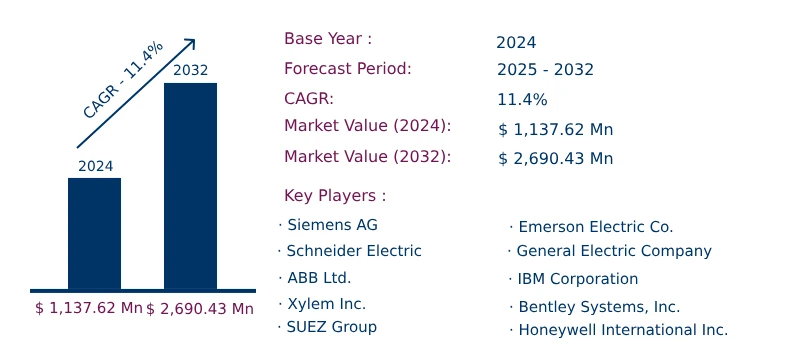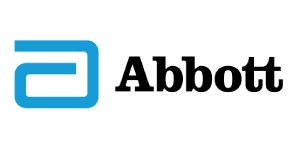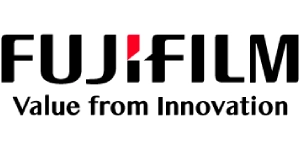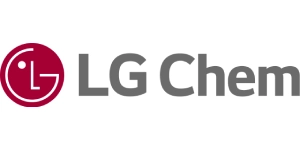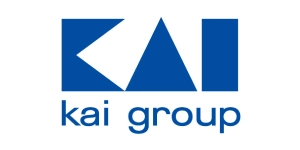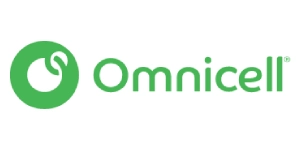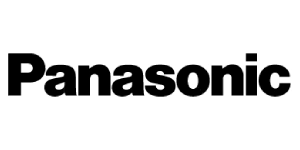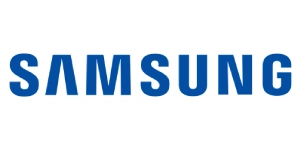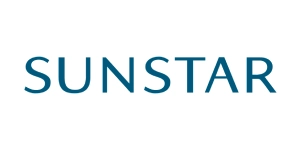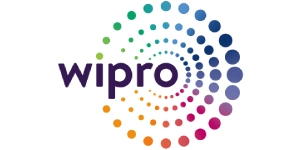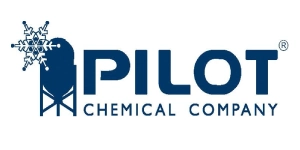Global Digital Water Solutions Market to Reach USD 2,690.43 Million by 2032 | CAGR of 11.4%
Category : IT And Telecommunications | Published Date : Jan 2025 | Type : Press Release
Digital Water Solutions Market Scope & Overview:
In the newly published report, Consegic Business Intelligence states that the Digital Water Solutions Market size was valued at USD 1,137.62 million in 2024 and is projected to grow at a CAGR of 11.4%, reaching USD 2,690.43 million by 2032. Digital water solutions incorporate advanced technologies like IoT, AI, and cloud computing to enhance water resource management, optimize infrastructure, and improve operational efficiency. These solutions are widely adopted across municipal, industrial, residential, and commercial sectors for applications such as leak detection, water quality monitoring, and pressure management.
The report comprises the Digital Water Solutions Market Share, Size & Industry Analysis, based on Solution Type (Hardware, Software, Services), Technology (IoT, AI & Machine Learning, Cloud Computing, Digital Twin, Others), Application (Water Quality Monitoring, Leak Detection, Pressure Management, Others), End-User Industry (Municipal, Industrial, Residential, Commercial), and Region (North America, Europe, Asia-Pacific, Latin America, Middle East & Africa), and Forecast, 2025-2032.
The report contains detailed information on Digital Water Solutions Market Trends, Opportunities, Value, Growth Rate, Segmentation, Geographical Coverage, Company Profiles, In-depth Expert Analysis, Revenue Forecast, Competitive Landscape, Growth Factors, Restraints or Challenges, Environment & Regulatory Landscape, PESTLE Analysis, PORTER Analysis, Key Technology Landscape, Value Chain Analysis, and Cost Analysis.
The increasing adoption of smart water systems for efficient resource management and sustainability is driving the market.
Segmental Analysis :
Based on solution type, the market is segmented into Hardware, Software, and Services.
- The hardware segment held the largest revenue share of 38.1% in 2024, driven by the adoption of advanced sensors and smart meters for precise water quality monitoring and efficient data acquisition.
- The services segment is projected to grow at the fastest CAGR, supported by rising demand for consulting, integration, and maintenance services to manage complex digital water systems.
Based on technology, the market is segmented into IoT, AI & Machine Learning, Cloud Computing, Digital Twin, and Others.
- The IoT segment dominated the market in 2024, attributed to its role in enabling real-time monitoring, predictive maintenance, and enhanced decision-making in water management.
- The digital twin segment is expected to grow at the fastest rate, owing to its ability to simulate water networks, optimize operations, and reduce operational costs.
Based on application, the market is segmented into Water Quality Monitoring, Leak Detection, Pressure Management, and Others.
- The water quality monitoring segment accounted for the largest revenue share in 2024, driven by its critical role in ensuring compliance with regulatory standards and safeguarding public health.
- The leak detection segment is projected to register the fastest CAGR, fueled by growing awareness about water conservation and reducing non-revenue water losses.
Based on end-user industry, the market is segmented into Municipal, Industrial, Residential, and Commercial.
- The municipal segment held the largest share in 2024, supported by increasing adoption of smart water solutions for efficient resource management in urban areas.
- The industrial segment is anticipated to grow at the fastest rate, driven by stringent regulatory requirements and the need for sustainable water management in industries.
Based on regions, the market is segmented into North America, Europe, Asia-Pacific, Middle East and Africa, and Latin America.
- Asia-Pacific: Accounted for the largest market share in 2024, driven by urbanization, industrialization, and government initiatives for smart infrastructure in countries like China and India.
- North America: Expected to grow significantly, supported by the adoption of advanced water management systems and substantial investments in smart city projects.
| Report Attributes | Report Details |
| Study Timeline | 2019-2032 |
| Market Size in 2032 | USD 2,690.43 Million |
| CAGR (2025-2032) | 11.4% |
| Solution Type | Hardware, Software, Services |
| Technology | IoT, AI & Machine Learning, Cloud Computing, Digital Twin, Others |
| Application | Water Quality Monitoring, Leak Detection, Pressure Management, Others |
| End-User Industry | Municipal, Industrial, Residential, Commercial |
| By Region | North America(U.S., Canada, Mexico) Europe(U.K., Germany, France, Spain, Italy, Russia, Benelux, Rest of Europe) APAC(China, South Korea, Japan, India, Australia, ASEAN, Rest of Asia-Pacific) Middle East & Africa(GCC, Turkey, South Africa, Rest of MEA) LATAM(Brazil, Argentina, Chile, Rest of LATAM) |
Top Key Players & Competitive Landscape :
The competitive landscape encompasses major innovators, aftermarket service providers, industry giants, and niche players, all of which are thoroughly examined by Consegic Business Intelligence in terms of their strengths, weaknesses, and value-addition potential. This report includes detailed profiles of key players, market share analysis, mergers and acquisitions, resulting market fragmentation, and emerging partnership trends and dynamics.
List of prominent players in the Digital Water Solutions Industry:
- Siemens AG (Germany)
- Schneider Electric (France)
- ABB Ltd. (Switzerland)
- Xylem Inc. (USA)
- SUEZ Group (France)
- Emerson Electric Co. (USA)
- General Electric Company (GE) (USA)
- IBM Corporation (USA)
- Bentley Systems, Inc. (USA)
- Honeywell International Inc. (USA)
Recent Industry Developments :
- December 2024: Xylem acquired a majority stake in Idrica, enhancing water utility solutions by integrating data analytics for real-time insights and streamlined operations.
- October 2024: Digital Realty partnered with Ecolab to pilot AI-powered water conservation solutions in U.S. data centers, saving significant water resources annually.
